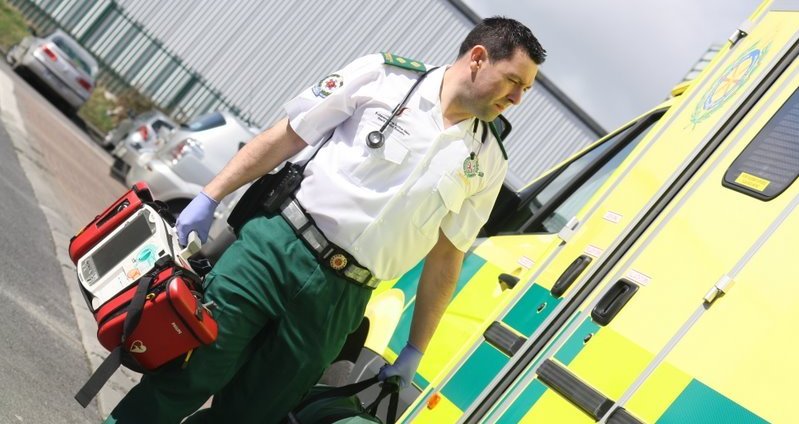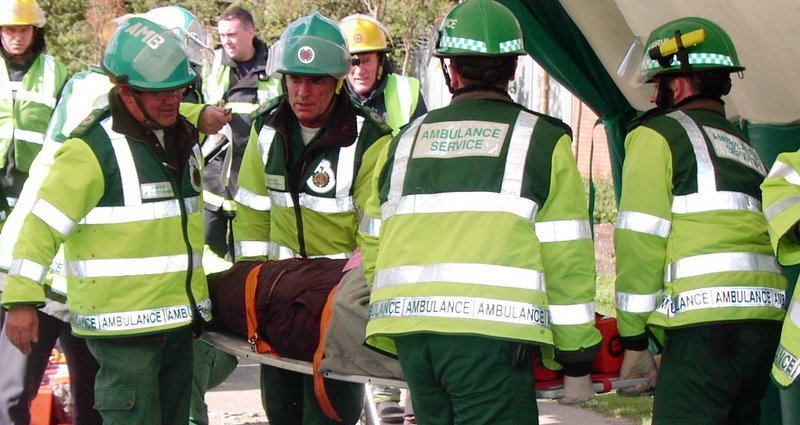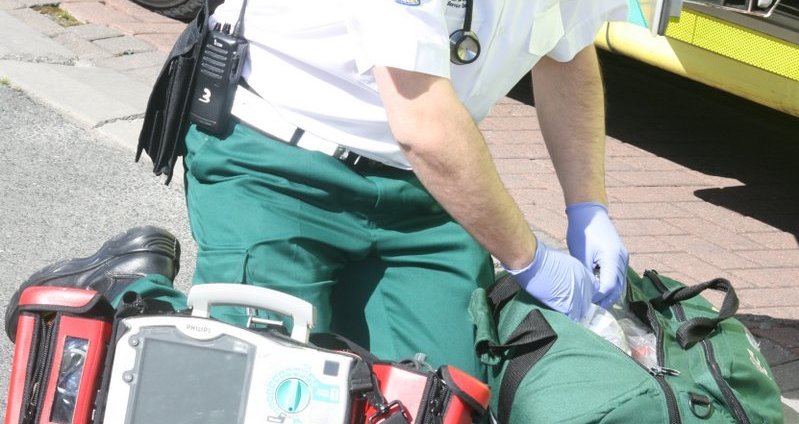Paramedics commonly work with limited resources and inadequate organisational support that can culminate in burnout, secondary traumatic stress, and compassion fatigue.
“Stressors of shift work and prehospital care seem to be worsening, particularly in an environment of international pandemic, and few healthcare environments can be consistently described as predictable, well-funded, and calm” (Thapa, Levett‐Jones, West and Cleary, 2021).
Compassion fatigue affects almost every aspect of positive job satisfaction: job performance and satisfaction, workplace wellness, patient outcomes, as well as individual health and well-being.
Fatigue can be expressed by a variety of psychosocial and physical health issues, and Paramedics can exhibit feelings of powerless, cynicism with a decrease in job satisfaction (Kharatzade et al, 2020). This case study will outline the main characteristics of fatigue, effects of fatigue on patient care and its association with increased “burnout, attrition, sick leave, work disability, physical and mental health complaints, and impaired performance.” (Pyper and Paterson, 2015).
Main Characteristics of Fatigue
Fatigue can be displayed in numerous ways leading compassion fatigue and if left untreated ultimately practitioner burnout.
Exposure to calls ranging from high intensity traumatic calls to demanding psychologically calls can increase risk of secondary traumatic stress. Secondary traumatic stress and burnout are consequences of being exposed to the stress and trauma of others which is common in the healthcare settings (Ericsson et al, 2021). Consequently, paramedics have scored in the above normal ranges for depression (36.1%), anxiety (24.6%), and stress (39.3%) (Ramey et al., 2019).
Ericsson et al, using the “Professional Quality of Life Scale” discussed the professional quality of life of paramedics. They discussed that with increased fatigue/burnout, compassion satisfaction was diminished. Compassion satisfaction is “referred to as an emphatic engagement and rewarding pleasure of helping others” (Ericsson et al 2021) therefore functioning as a counterbalance to compassion fatigue.
Effect on performance
Paterson et al, collected qualitative data with the aim to see what paramedics feel contribute to their fatigue:
- Long night shifts (increased driving distances to drive)
- Inability to rest during night shifts were specifically associated with fatigue and performance impairment
- Working beyond specified shift finish time
- Increased workload due to increased demand
- Inconsistent/absent or late rest breaks.
- Variation in mealtimes, non-protected meal breaks
- Poor sleeping pattern due to disruption to cardician rhythms (Paterson, Sofianopoulos and Williams, 2014)
Paterson et al, concluded 88% of sample paramedics reported suffering fatigue that affected their work performance. Worryingly, the survey results showed 55.9% of paramedics reported fatigue effected ability to work in ways “including errors in drug calculations and administration, slow reaction times, poor driving ability, poor decision-making ability, and poor concentration” (Pyper and Paterson, 2015). Thapa et al, cited that 92% surveyed paramedics reported experiencing fatigue at work in the previous six months and 88% felt it affected their work performance.
Paterson et al, and Ericsson et al, highlighted that shift work by its definition requires individuals to work against their natural cardician rhythms compounded with job related stressors can result in significant fatigue. These factors influence not only the performance of the paramedic but has a profound impact on patient care and general operation safety.
Ericsson et al discussed that the volume of calls, lack triaging/information prior to calls combined with increased demand, lack of meal breaks/rest times, increased overrun of shift times has a negative effect on patient care. Ericsson et al, noted there is a marked increase in cynicism, desensitisation and compassion fatigue towards patients associated with increased burnout levels among staff. This is reflected in an increased sick leave and high turnover of staff in paramedicine (Ericsson, Nordquist, Lindström and Rudman, 2021).
How to improve culture Employee lead changes & Employee engagement
Many studies agree that there is a growing body of evidence that fatigue in paramedics has an inverse relationship with performance. (Ramey et al., 2019)
Ramey et al, found that up to 55% of paramedics (Ireland) suffer from physical fatigue and or mental health issues. They concluded that with increased levels of fatigue there is a compromise in cognitive function, decrease in ability to perform tasks safely and correctly.
Thapa et al, outlined developing compassion-sustaining and resilience-promoting environments that support satisfaction, retain staff, and promote positive patient interactions is important in a system that is not always conducive to these elements.
Hartwig et al, emphasised the importance of individual resilience and team resilience, that collective response that encourages team trust, communication, and cohesion. Cleary et al, advised that it is more constructive to support and nurture staff resilience before it has waned.
To combat fatigue Joyce et al., argued combining cognitive behavioural therapy and mindfulness techniques impacted positively on an individual’s resilience.
What can the employer do?
Workplace stress, burnout, and compassion fatigue can be mitigated and/or alleviated through individual and organisational interventions (Cope, Jones, & Hendricks, 2016).
The reoccurring job stressors that affect the psychological, physical and social wellbeing of paramedics surveyed are mainly shortage of rostered positions, absence of protected meal breaks and long including forced overtime (Lawn et al., 2020).
Lawn et al, detailed the lack of support from managers and peers to work distress can leave paramedics “feel abandoned by peers, management and the service” (Lawn et al., 2020). Lawn et al discussed that policy, programmes and interventions with education required at not only an individual, peer, organisational but also governmental level. Tapa et al, concluded key factors in promoting effective strategies for stress reduction range from individual and organisational
- Building positive relationships
- Secure rostered positions
- Self-awareness training with emotional regulation to combat compassion fatigue
- Ensuring work life balance
- Meal break times
- Access to health food options
- Regular exercise
While Paramedics need to be compassionate and resilient, mangers and leaders within the NAS have a professional obligation to support and develop a healthy workplace and a resilient workforce. Implementing a proactive approach to workplace stress, assessing working shift patterns, and adapting for family friendly/work life balance and offering career progression prospects/opportunities (Thapa, Levett‐Jones, West and Cleary, 2021).
Conclusion
Ramey et al, stated that fatigue is a complex multi-faceted issue within paramedicine. Research has shown fatigue is both caused by and a symptom of systemic issues within NAS such as lack of rostered positions, absence of meal breaks, shift length with increased workload amalgamated with increased stress levels, lack of work life balance and individuals’ health status.
Fatigue, compassion fatigue and burnout are a shared responsibility of both paramedics and NAS and necessitates recognition that it is an existing part of paramedic culture. Based on the existing research, employing a multi-faceted approach, focused on initial and continuing education, organisation changes (scheduled breaks, restriction of accidental overtime, protected finish times), rostered positions with support from managers would reduce fatigue risk and reinforce the well-being of paramedics as an organisational goal/standard.
“It is vital that paramedics are safeguarded from occupational burnout to ensure the ongoing safe delivery of emergency prehospital care to the public” (Pyper and Paterson, 2015)






